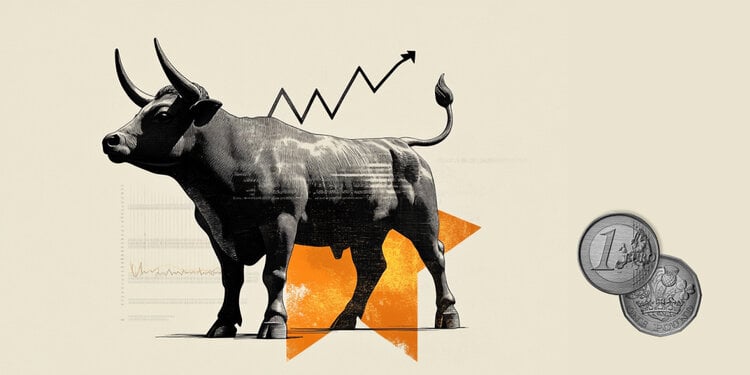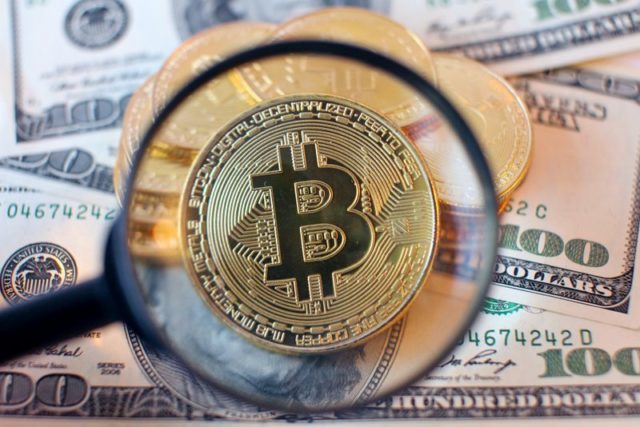The Federal Reserve Bank (FRB) of New York is calling for more interoperability between stablecoins to prevent a situation where one stablecoin replaces other coins due to better collateral.
Researchers at the New York Fed published a report titled “The Implications of Digital Assets for Financial Stability” in which they stated that the rise in popularity of USD Coin (USDC), unlike Tether (USDT), is a threat to the financial system as a whole. as it increases the risks for smaller issuers.
According to experts, the more stable a stablecoin is, the more dangerous it poses to the financial system. A larger issuer will be able to push its competitors out of the market, and this will lead to massive coin sales. It is noteworthy that earlier experts were concerned that one or another stablecoin would not be able to maintain a 1:1 peg to the dollar.
To mitigate risks, experts argue, regulators “should have the authority to implement standards to ensure interoperability between stablecoins.” One possible way to achieve greater interoperability is through the use of so-called “bridges,” which allow tokens intended for use on one blockchain to be deployed on another.
“In addition, Congress may consider other standards for custodial wallet providers, such as restrictions on commercial affiliation or on the use of user transaction data,” the report says.
Earlier, New York Fed President John C. Williams urged banks to prepare for the coming fundamental transformation of digital payments and carefully monitor the consequences of technological transformation.
Source: Bits
I am an experienced journalist, writer, and editor with a passion for finance and business news. I have been working in the journalism field for over 6 years, covering a variety of topics from finance to technology. As an author at World Stock Market, I specialize in finance business-related topics.







